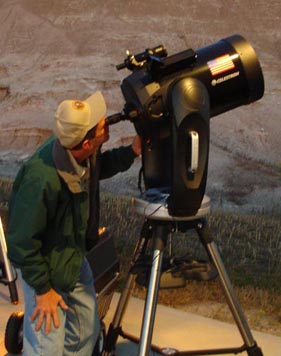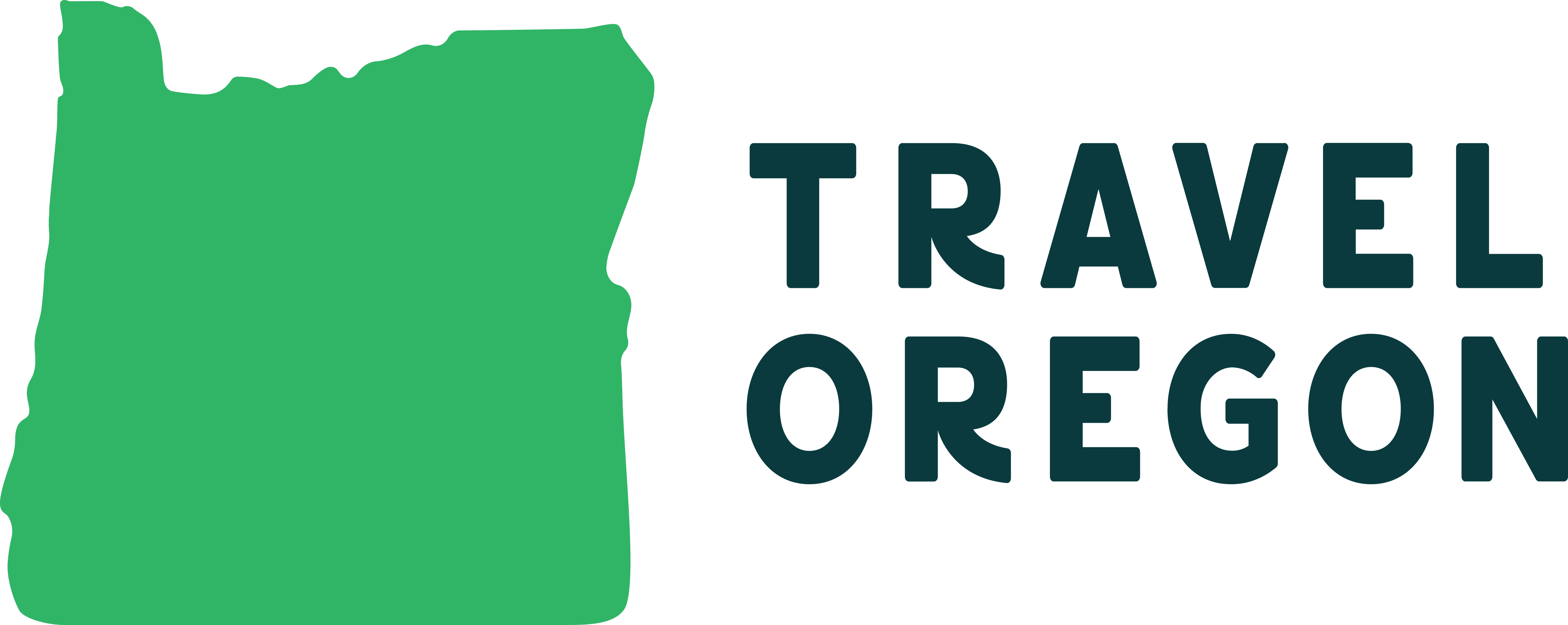US National Parks Offer Star-studded Skies in 2010
Tuesday, 06 Feb, 2010
0

A spectacular sunset is just the prelude to the wonders of the night sky.
“Thousands of people made that discovery last year, in part because 2009 was the International Year of Astronomy, 400 years after Galileo turned his telescope to the heavens,” said US National Park Service Director Jon Jarvis. “This year we’ll introduce tens of thousands more visitors to the night sky through programs at about 60 national parks.”
Astronomy Night in the Park at many national parks across the country was a great success, said Chad Moore, manager of the National Park Service Night Sky Program. “We suspect the people who rediscovered the cosmos at one of our programs last year will return with friends and family or will travel to a different national park to share their experience of a starry sky, free of light pollution.”
Through programs like the Dark Skies Rangers Program, students of just about any age can learn about the importance of dark skies, experiment with activities that illustrate good and bad lighting, and learn of light pollution’s effects on wildlife. A highlight of the program is the citizen science project, GLOBE at Night, taking place March 3-16, 2010. This program enlists the help of students to collect data on the night sky conditions in their community and parks, and contribute to a worldwide database on light pollution.
"You can check out the Dark Skies Rangers, GLOBE at night, and other aspects of the International Year of Astronomy at – www.darkskiesawareness.org – which lives on after the 2009 celebration,” Moore said. “The web site has tips on lighting, energy conservation, posters, post cards, teacher packets, measuring the night sky, and information on how light pollution affects animals.”
The NPS has developed a Junior Ranger Night Explorer program, encouraging young park visitors to explore the dark side of their national parks. "Kids can learn how to find the North Star, write their own creative mythology about the constellations, track the phases of the moon, and learn about stars and galaxies, and use all their senses to explore the night environment at a national park," said Angie Richman, astronomy ranger with the Intermountain Regional Office. The booklet was recently published and will be freely distributed in a number of national parks in 2010.
To help meet the demand for night sky interpretive programs, the National Park Service Night Sky Program last year recruited 19 volunteer astronomers from around the country who were then placed in national parks, started a loaner telescope collection, produced audio podcasts and brochures, and supported the stellar night sky poster art by Dr. Tyler Nordgren, an astronomer at the University of Redlands, California.
Nordgren spent a one-year sabbatical in national parks where he collected his experiences into a book and drafted the series of 14 posters that harken to the Works Progress Administration posters of the 1930’s.
“Even though our sources of inspiration may change, the value of national parks grows over time,” Director Jarvis said. “And as the backyard starry sky is lost to urban America, people increasingly seek it in their national parks. “The night sky is every bit a part of the park as land, water, wildlife and those famous sunrise and sunset scenes. It’s our responsibility and our pleasure to preserve the night sky for this and future generations.”
Valere Tjolle
Valere
Have your say Cancel reply
Most Read
TRAINING & COMPETITION
 United Kingdom
United Kingdom United States
United States Asia Pacific
Asia Pacific












































BA suspending all Heathrow to Abu Dhabi flights
Turkish Airlines flight in emergency landing after pilot dies
Unexpected wave rocks cruise ship
Woman dies after going overboard in English Channel
Foreign Office issues travel advisory for winter sun destinations